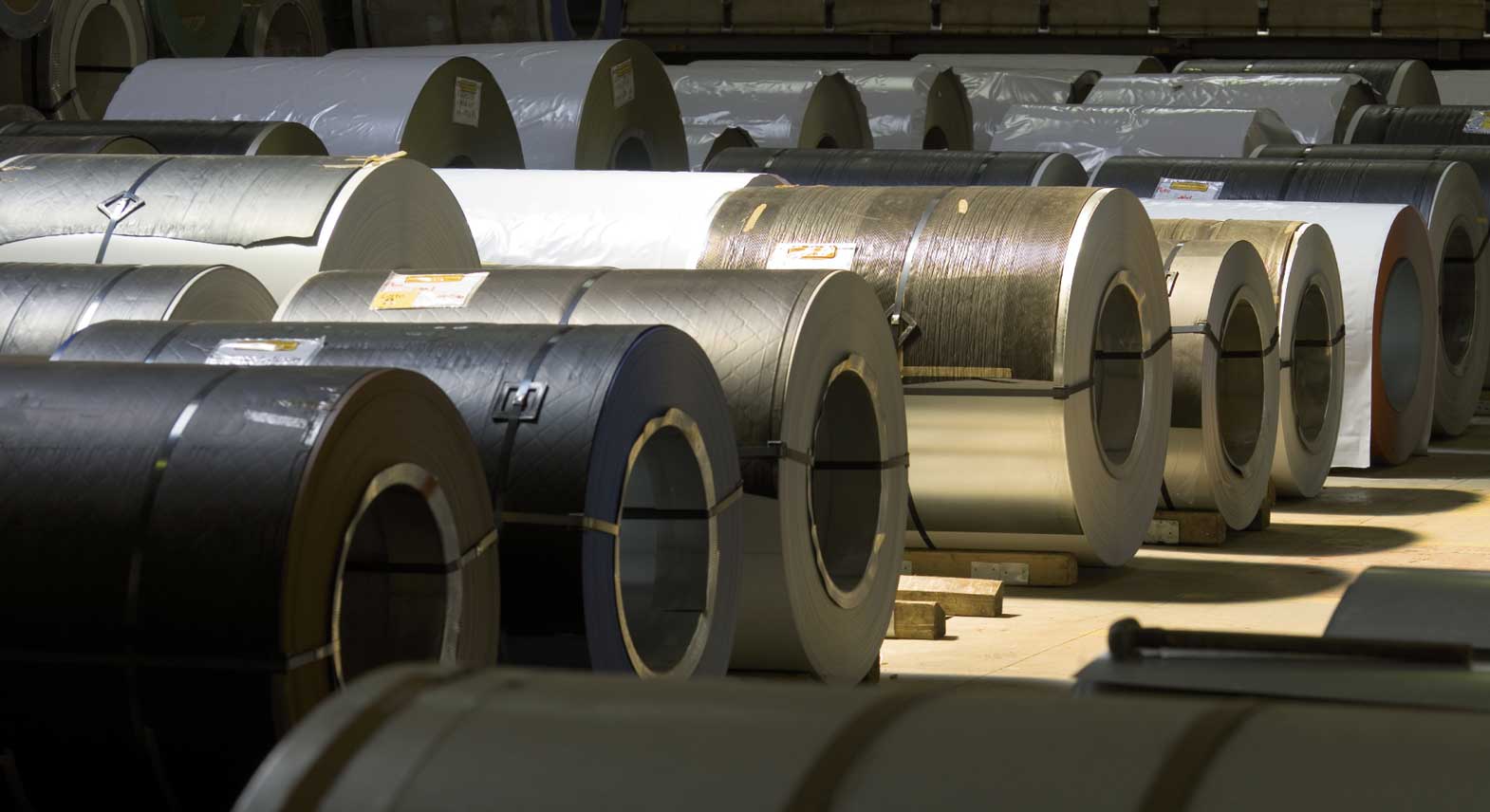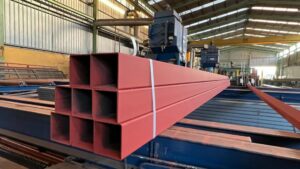European hot-rolled coil prices were said to be near a bottom in Northern Europe and Italy on Thursday July 7, although some buyers said there was still room for a further decline, while producers were resisting any more price falls, sources told Fastmarkets.
But there were signs of a pick-up in buying activity since Monday July 4, Fastmarkets understands.
Market participants said they expect to see some restocking activity in the second half of July, but agreed that it is too early to talk about a rebound.
“The [restocking] activity will be limited because buyers are overstocked and will only book the tonnages they absolutely need,” a trading source in Germany said.
Fastmarkets calculated its daily steel HRC index, domestic, ex-works Northern Europe at €841.25 ($859.24) per tonne on Thursday, down by just €5 per tonne from €846.25 per tonne on Wednesday.
The index was down by €8.75 per tonne week on week and by €108.75 per tonne month on month.
Indications of achievable prices from buyers in the region were heard between €800 and €850 per tonne exw.
Some bids were reported at €830 per tonne exw and sources said that producers were “likely to accept” that price “for tonnages above 1,000 tonnes.”
Offers from mills in the region were between €850 and €900 per tonne exw, with €850 per tonne exw considered to be the price floor by producers due to their high costs.
HRC offers from Central European mills were heard at €770-790 per tonne delivered, but for smaller volumes.
Buyers remain convinced, however, that there is still room for prices to fall further.
“I still believe that, until the end of July, [HRC] prices could drop by another €20 per tonne,” a buyer in Germany said. “But the days of prices falling by €100 per week are done, for sure. We are near the floor.”
Mill sources again said there has been some improvement in demand from automotive original equipment manufacturers (OEMs) over the past week, with more inquiries for August-September material coming in.
But some market participants were more skeptical about the automotive industry recovery, pointing to the fact that the industry currently consumes about 20% less flat steel than it did in 2021 – and in the second-half of 2021, automotive production had already begun to contract across Europe.
“I think we can say there is likely to be some normalization [of automotive production] in the fourth quarter of 2022, but all forecasts are very unreliable because, let’s not forget, we have a war going on the middle of Europe [in Russia’s invasion of Ukraine],” a trading source in Belgium said.
Market participants said they were counting on HRC prices to stabilize in July-August, with a potential rebound in September-October.
“There is market chatter that the German government has asked energy-intensive industries, such as the steel industry, to reduce production to save energy (gas). If that is true, [HRC] availability will be reduced and that could give prices a boost,” another trading source in the region said.
The energy market in Europe has been highly volatile in recent months due to international sanctions applied since the Russian invasion of Ukraine. Electricity prices were said to be five times higher than at the same time last year in some nations.
And if Russia cuts off gas supplies to Europe in the final quarter of 2022, energy prices will jump even higher.
Fastmarkets’ calculation of the daily steel HRC index, domestic, exw Italy, meanwhile, was €755.00 per tonne on Thursday, down by €4.89 per tonne from €759.89 per tonne on Wednesday.
The Italian index was down by €13.75 per tonne week on week and by €160.22 per tonne month on month.
Offers in Italy were heard at €750-800 per tonne exw, with buyers looking to pay closer to €750 per tonne exw, sources told Fastmarkets.
Published by: Julia Bolotova






